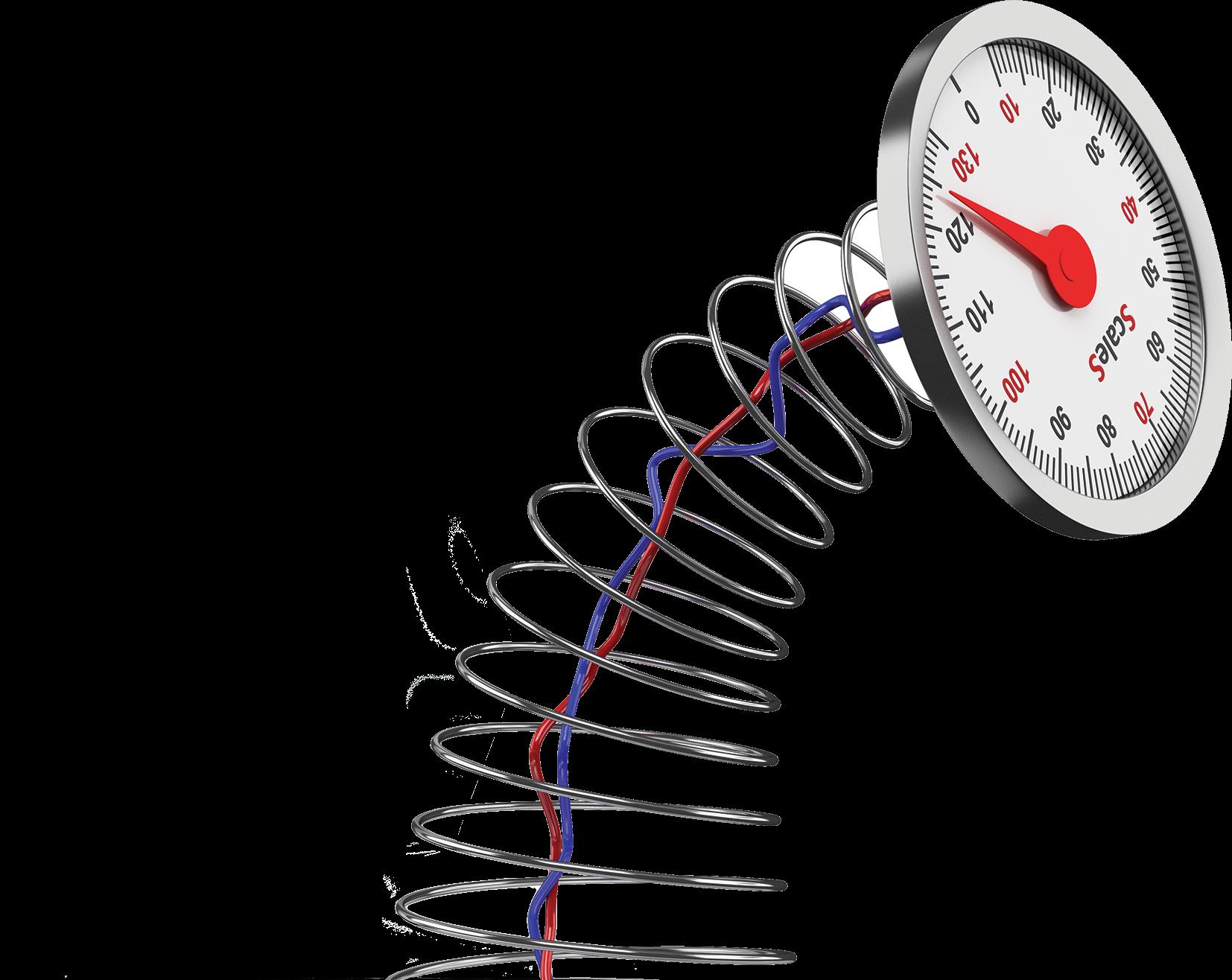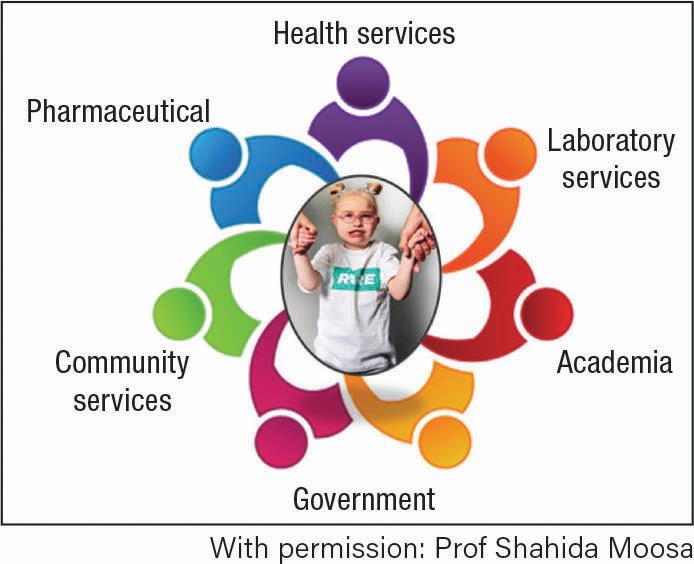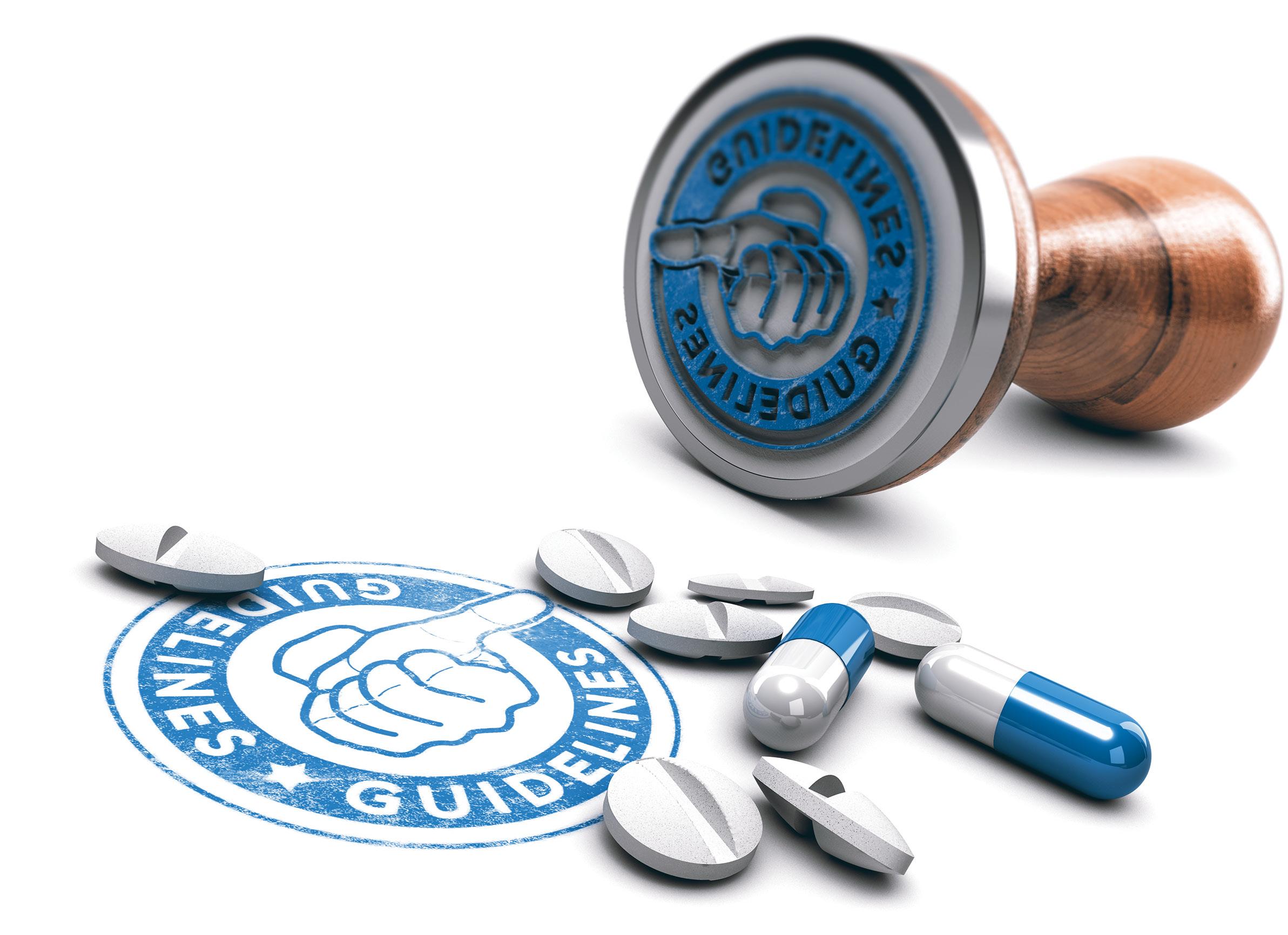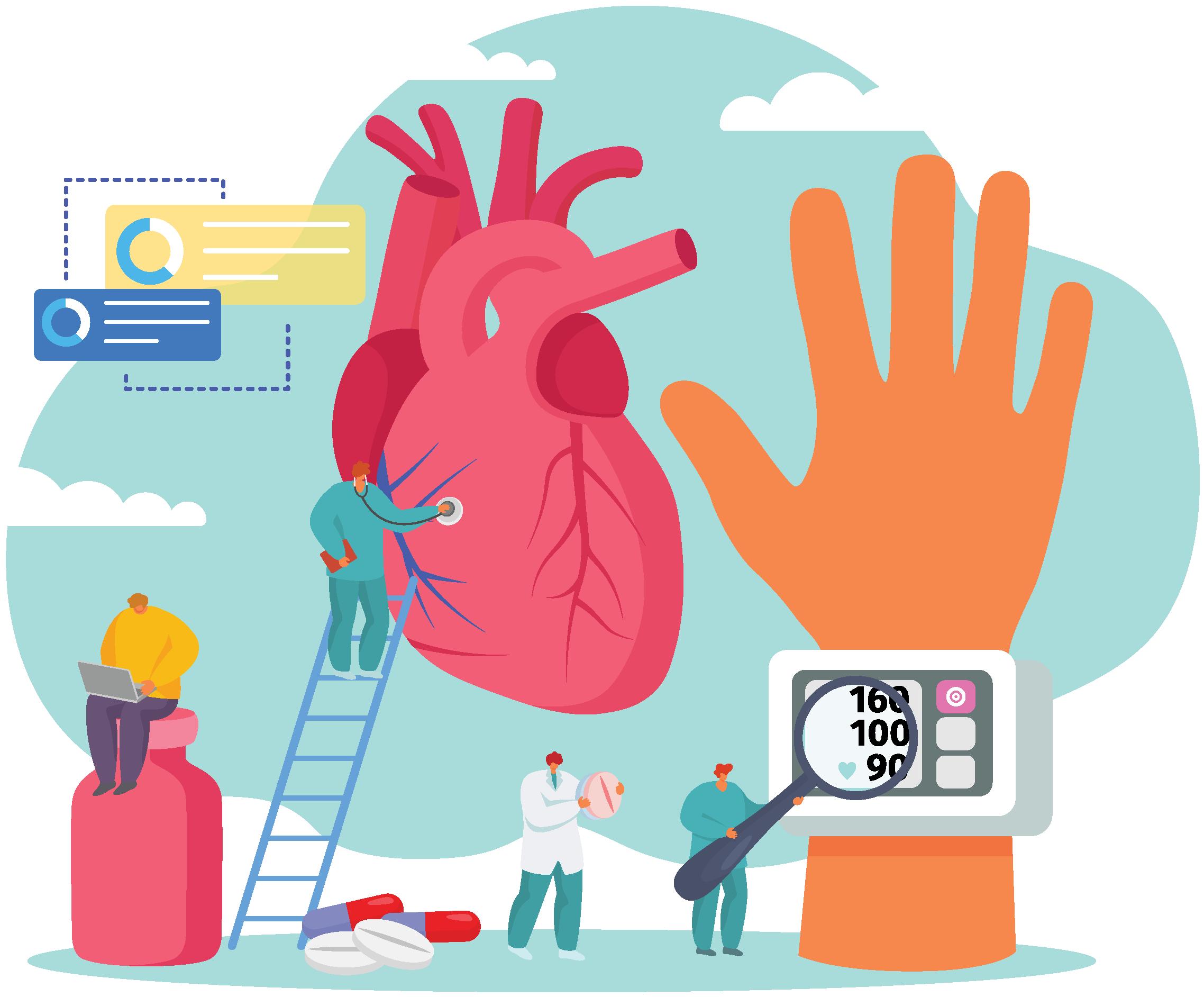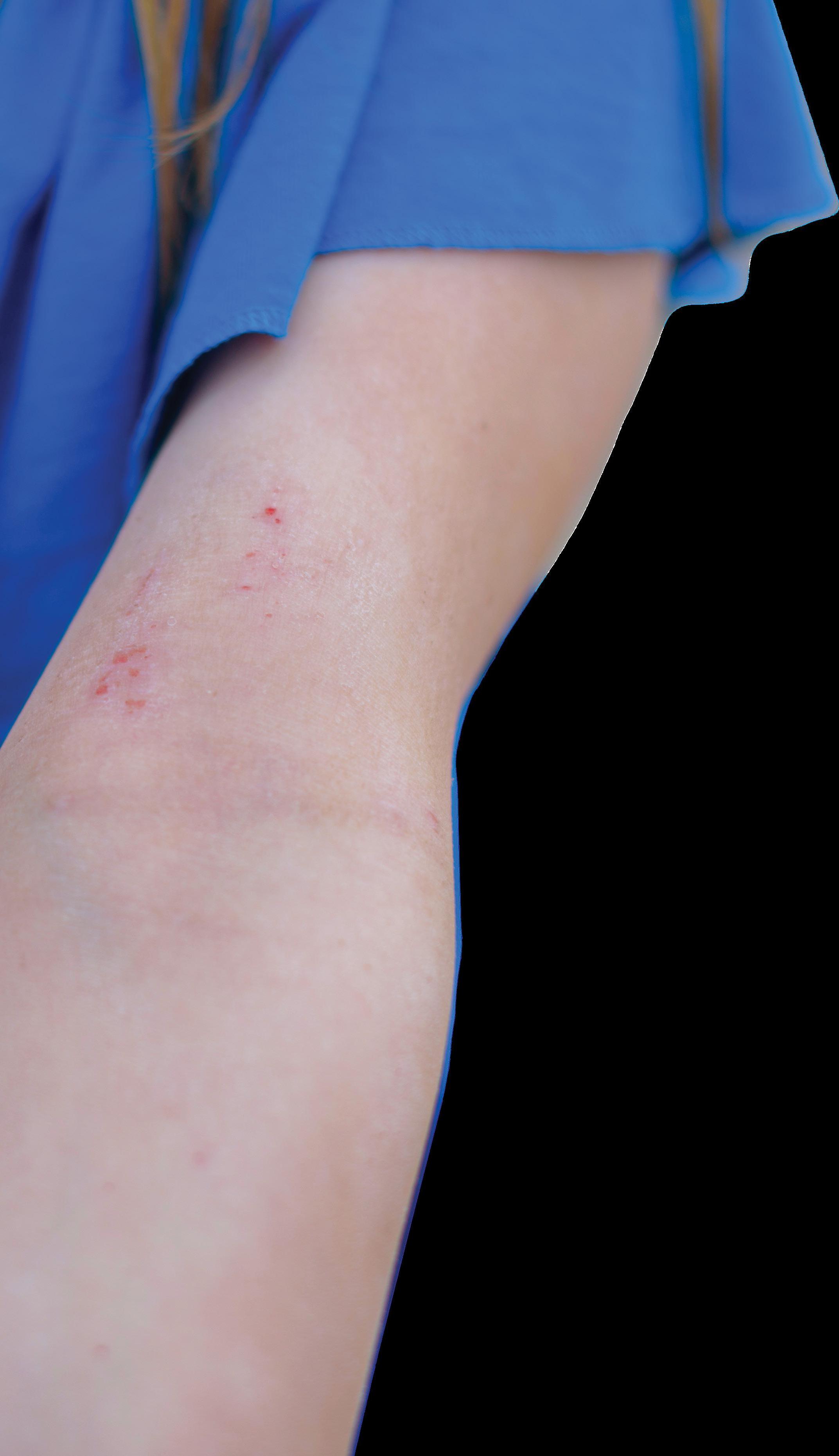28
SF | CPD: ADHD
September 2021 | Vol. 21 No. 9 www.medicalacademic.co.za
Photo credit: Shutterstock.com
This article was independently sourced by Specialist Forum.
The cost of untreated ADHD ADHD
A
n estimated 8.4% of children and 2.5% of adults have ADHD. ADHD is often first identified in school-aged children when it leads to disruption in the classroom or problems with schoolwork. It is more common among boys than girls.1 ADHD is diagnosed according to the following criteria established by the Diagnostic and Statistical Manual of Mental Disorder-fifth edition (DSM-5):2
Inattention » Often cannot give close attention to details or makes careless mistakes in schoolwork at work, or with other activities » Often has trouble holding attention on tasks or play activities » Often does not seem to listen when spoken to directly » Often does not follow through on instructions and does not finish schoolwork, chores, or duties in the workplace (eg loses focus or is side-tracked) » Often has trouble organising tasks and activities » Often avoids, dislikes, or is reluctant to do tasks that require mental effort over a long period of time (such as schoolwork or homework) » Often loses things necessary for tasks and activities (eg school materials, pencils, books, tools, wallets, keys, paperwork, eyeglasses, and mobile telephones) » Is often easily distracted » Is often forgetful in daily activities.
Hyperactivity and impulsivity » Often fidgets with or taps hands or feet, or squirms in seat » Often leaves seat in situations when remaining seated is expected » Often runs about or climbs in situations where it is not appropriate (adolescents or adults might be limited to feeling restless » Often unable to play or take part in leisure activities quietly » Is often ‘on the go’ or acting as if ‘driven by a motor’ » Often talks excessively » Often blurts out an answer before a question has been completed » Often has trouble waiting their turn » Often interrupts or intrudes on others (eg conversations or games).
Risk factors Kim and colleagues recently published the findings of an extensive review aimed identifying and evaluating the evidence of environmental factors and peripheral biomarkers associated with a diagnosis of ADHD.3 Included meta-analyses were classified by the strength of the evidence of potential environmental risk factors, environmental protective factors, and peripheral biomarkers for ADHD. The five classes were convincing (class I), highly suggestive (class II), suggestive (class III), weak (class IV) and not significant (NS). 3
There were 35 eligible articles, out of the original 1829 identified articles, which provided 63 unique meta-analyses (40 potential environmental factors and 23 peripheral biomarkers). There were five environmental risk factors graded as class I (convincing):3 » Pre-pregnancy obesity (defined as body mass index [BMI] ≥30 kg/m2) » Childhood eczema » Hypertensive disorders during pregnancy (chronic hypertension, gestational hypertension, and pre-eclampsia » Maternal acetaminophen exposure during pregnancy. Class II (highly suggestive) environmental risk factors included:3 » Maternal smoking during pregnancy » Childhood asthma » Pre-pregnancy overweight (defined as BMI 25–29.9 kg/m2). Class III (suggestive) evidence included some perinatal hypoxic conditions:3 » 5-minute Apgar score <7 » Breech or transverse presentation » Preterm birth. The highest class for parenting environmental risk factors was Class IV (weak):3 » Low education level of father and mother » Single parent family. Breast-feeding was determined to be the only statistically significant (class IV) environmental protective factor against ADHD. 3





